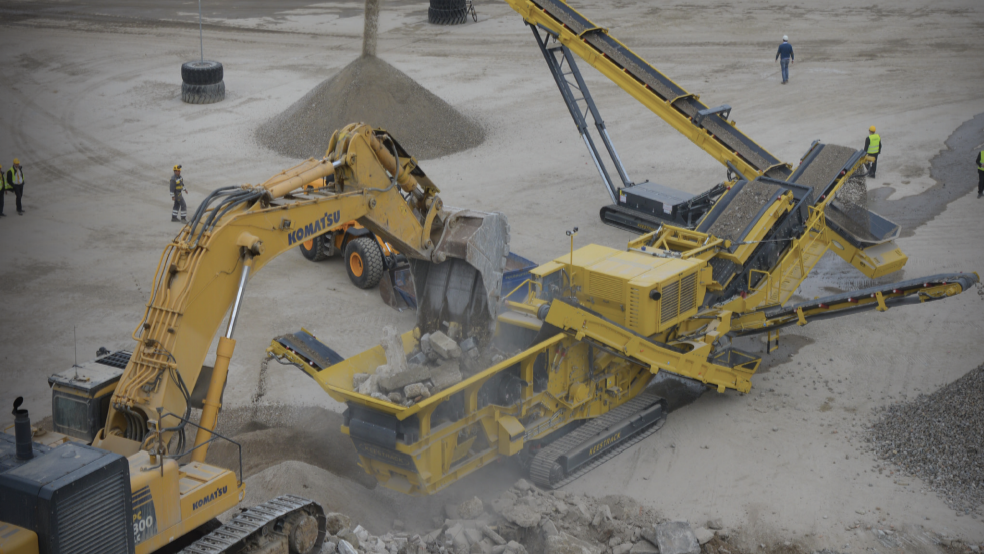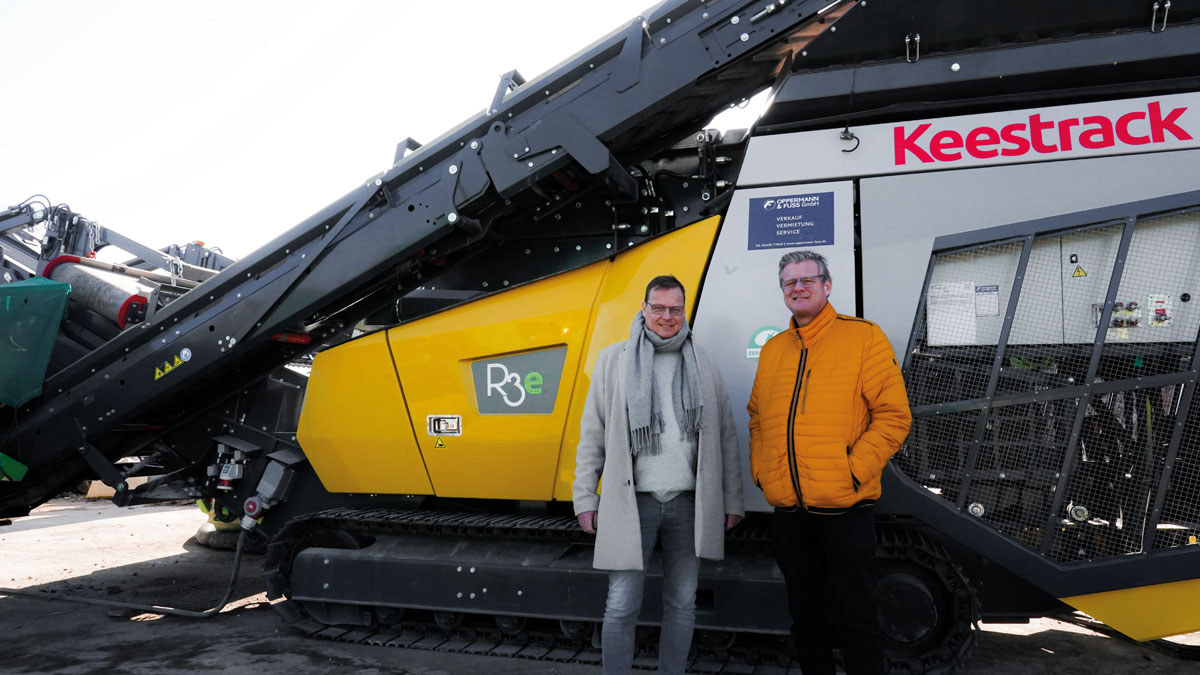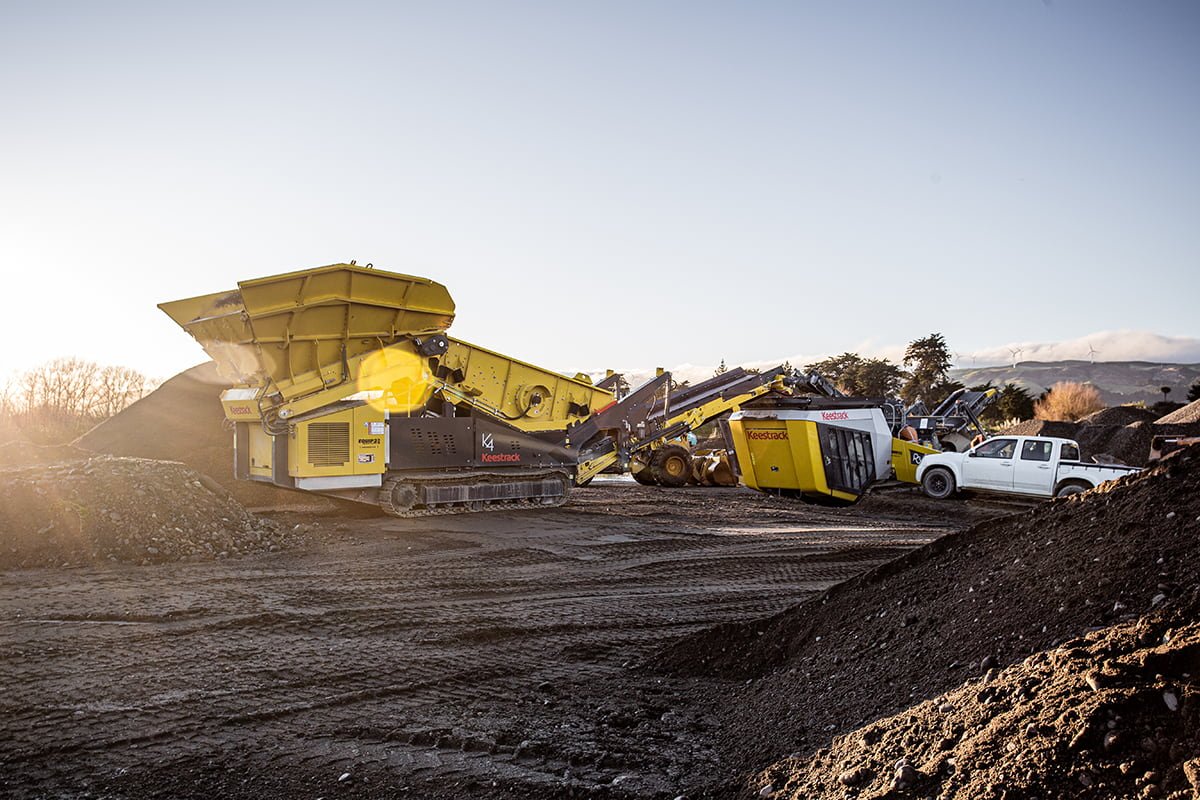“Portable” crushing long meant electrically powered, wheel-mounted equipment. There was some track-mounted crushing around, but it was usually big machinery working at the face of a quarry. Now, most quarry operators find themselves in a large scale transition, moving away from older, traditional crushing and screening equipment towards modern, high production, efficient mobile tracked equipment and are discovering a more cost-effective way to produce aggregate and recycle concrete and asphalt.
Set Up and Moving
Everyone agrees that mobile equipment is easier, and faster to set up. Within a few minutes of being delivered to a jobsite, pit or quarry, a tracked crusher or screener can be producing finished product.
One crushing contractor who made the switch from portable to mobile stated “It used to take three to four guys and a couple of loaders, maybe a crane, to set up these portable plants. There was a lot of cribbing with large timbers, and jockeying of the crusher into place. Then you had to run it a few hours and reset the blocks.” Another user reported that it took 7 truckloads to move his crushing spread site to site, 1 full day with 3 guys to pack up, and 2 days to set up again.
There are significant savings every time you move onsite, or site to site. You can switch up where you’re positioned in your pit or quarry within hours or minutes, with a single operator, as opposed to being down for a couple days with a full crew breaking down, moving and reassembling a traditional crushing spread.
With many tracked crushers now available with an integrated 1, 2 and even 3 deck screen, it is now possible to produce up to 4 separate products from a single plant, where in the past with a portable plant, you would have up to 7 separate pieces of equipment to set up and move to achieve the same 4 products.

Clean Up
Users often cite tracked equipment for their ease of clean up around and under the machines. Instead of having to clean out underneath a crusher and its transfer points, you just move it. It’s a lot easier to do it this way and saves a tremendous amount of time and labor. With increasing labor costs saving time makes a huge impact to the bottom line in any company.
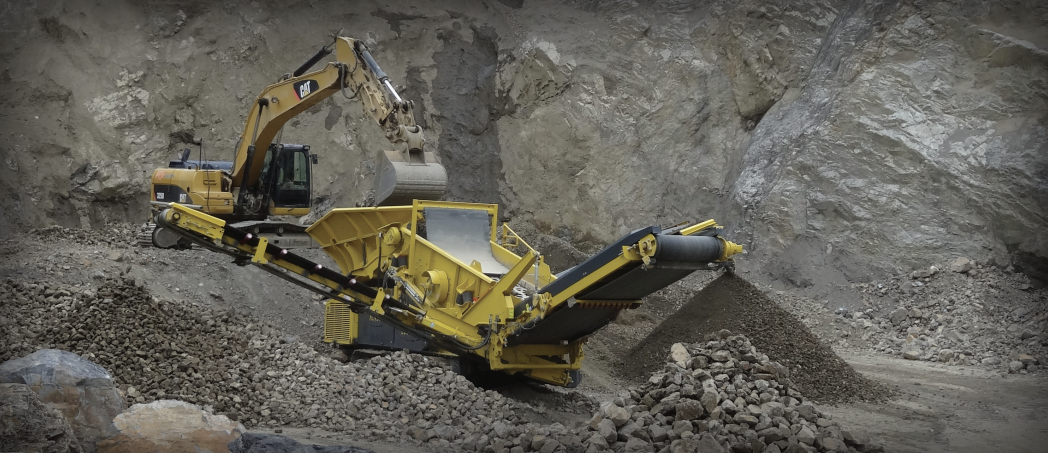
Working the Face
One thing track-mounted crushers do well is move easily around onsite. When you add up the time and cost of tramming material to a stationary or portable crusher, it really starts to add up. Crushing material at the face, or where the stockpile is can reduce overall processing costs significantly, which is why so many producers are making the switch over to mobile equipment. Whether you’re crushing several hundred thousand tonnes per year, or several million it’s well worth analyzing what your current cost per tonne is.
Footprint
An important benefit offered by tracked equipment is the small footprint it takes up onsite. This may not be an issue on some sites, but for many especially in urban areas, or mountainous regions open, flat areas are at a premium. In fact, many projects simply would not have space to set up a wheeled crushing spread, with a powervan, feeder, jaw, cone, screen deck, and conveyors.
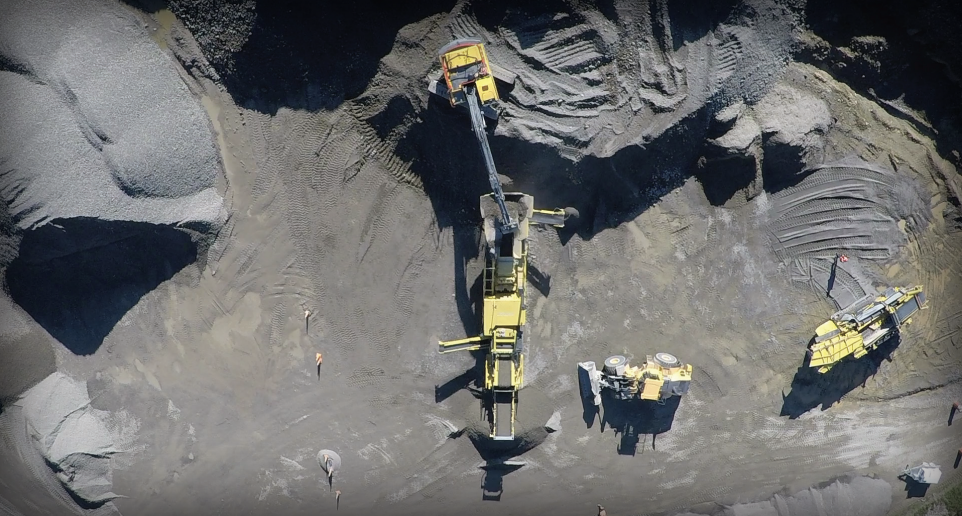
Production Capabilities
It’s sometimes debated whether production rates of track mounted machines match wheeled equipment crushing systems. The initial track mounted crushing and screening equipment that first came out many years ago was indeed small scale, and lower capacity than the portable equipment of the day. However, manufacturers such as Keestrack have been producing true ‘quarry duty’ tracked equipment for years now, with production capabilities up to 450 tonnes per hour. There is no question now that tracked equipment production capabilities are on par with portable wheeled equipment. It’s simply a matter of sizing the jaw, cone, impactor or screen to meet specific production capacity requirements and mounting it on a tracked chassis instead of a wheeled chassis.
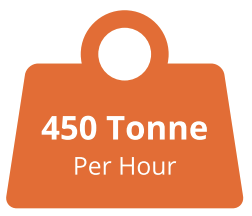
Reliability and Longevity
Some serious producers in the past chose not to use track mounted equipment as many mobile crushers and screeners on the market were mass produced, light duty, and had over-complicated onboard electronics. This meant limited reliability, a very short lifespan and a high lifecycle cost. The more simple, rugged built portable equipment was at the time more reliable, and would last far longer. Even today, there is still a lot of mass produced, light duty and over complex track mounted equipment still being produced, often to a price point. That being said, serious players in the industry can turn to the likes of Keestrack, for extremely heavy duty track mounted equipment, with some machines operating with an excess of 45,000 hours, and reporting up to 99% uptime and availability when on a professionally managed maintenance plan. As with most things in life, you get what you pay for and with any type of crushing or screening equipment it’s no different.

Maintenance and Serviceability
With the compact nature of tracked equipment, access to maintain the machines wasn’t always easy. However, innovative new designs have made for easy access and maintenance, as well as fast, easy screen changes and wear part replacement and changes. It’s a crucial area to consider when looking at various brands of equipment, how accessible and easy is the machine to service? Screen changes on a machine such as a Keestrack K4 scalping screener can be done in 30 minutes or less, thanks to the end tensioned fastening system and hydraulically raised screen box, while on another similar screener the changeover may take several hours.
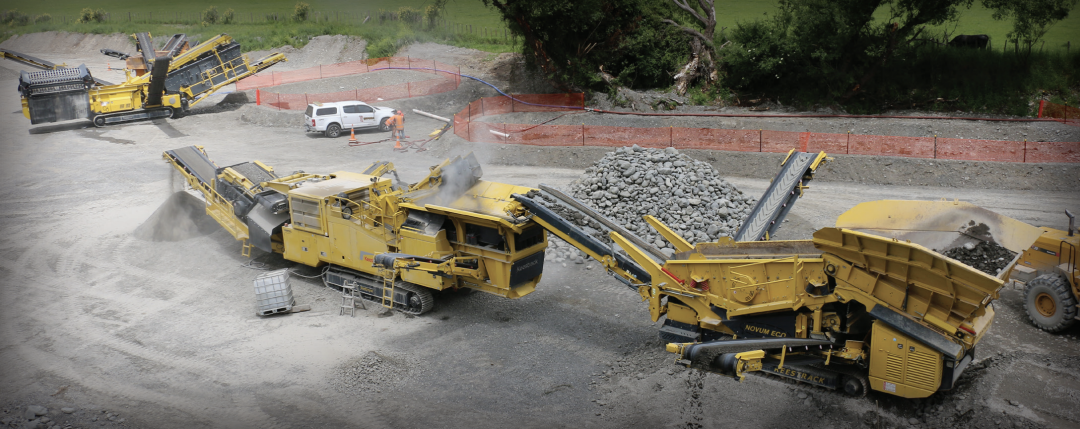
Capital and Lifecycle Costs
Capital costs on track mounted mobile equipment can be higher, due to the cost of the undercarriage, diesel engine and hydraulic system. However, when you account for the cost savings and benefits of quality tracked equipment, the overall cost per tonne and lifecycle costs are lower than portable wheeled equipment. Do your homework and spend time with your production manager, and accountant to weigh over all the factors, as the comparatively higher initial capital cost has very little impact on the overall lifecycle cost of production equipment.

Recap
The technology for mobile track mounted crushing and screening equipment has come a long way in the past five years, and has now reached a major step where it has in many cases become more cost effective than older, traditional methods of crushing and screening aggregate. Many of the reasons why people avoided mobile tracked equipment in the past, have been addressed by quality manufacturers who are now producing high production, rugged, and cost effective equipment for the aggregate, concrete and asphalt recycling industry.


